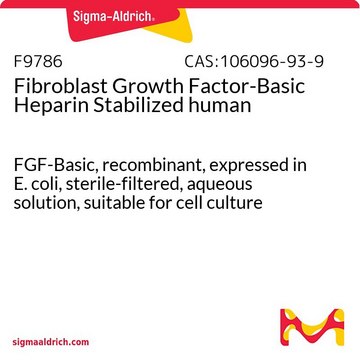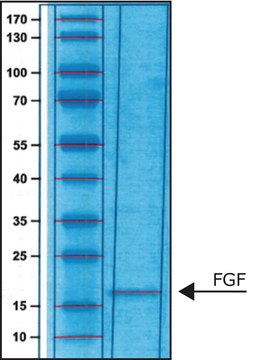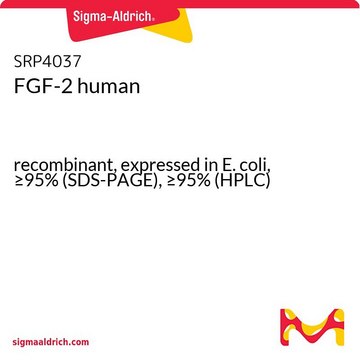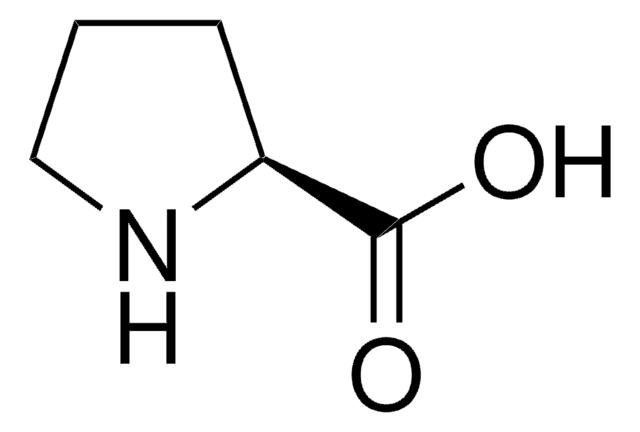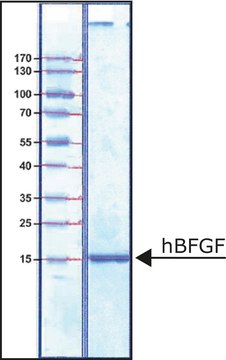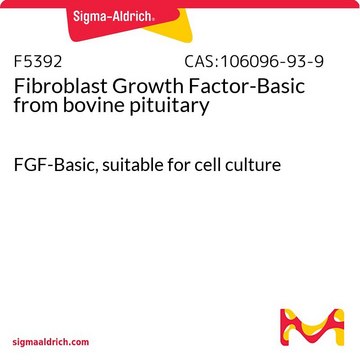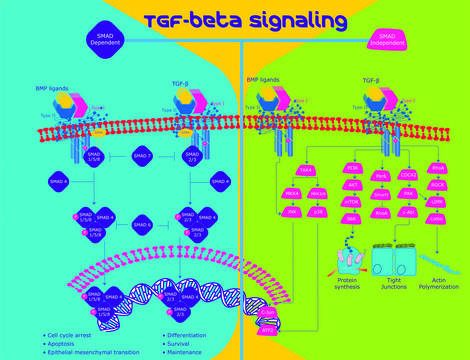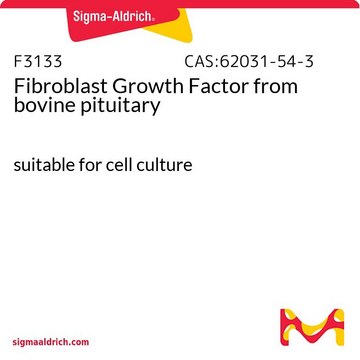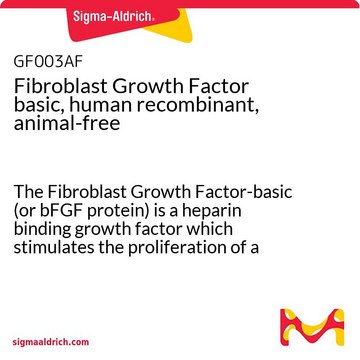F5542
Fibroblast Growth Factor-Acidic human
≥97% (SDS-PAGE), recombinant, expressed in E. coli, suitable for cell culture
Synonym(s):
FGF-1, aFGF
About This Item
Recommended Products
Product Name
Fibroblast Growth Factor-Acidic human, FGF-Acidic, recombinant, expressed in E. coli, suitable for cell culture
biological source
human
Quality Level
recombinant
expressed in E. coli
Assay
≥97% (SDS-PAGE)
form
lyophilized powder
potency
0.287 ng/mL
quality
endotoxin tested
mol wt
15.5 kDa
packaging
pkg of 25 μg
storage condition
avoid repeated freeze/thaw cycles
technique(s)
cell culture | mammalian: suitable
impurities
≤1.0 EU/mg (LAL test)
UniProt accession no.
storage temp.
−20°C
Gene Information
human ... FGF1(2246)
General description
Application
- as a component of growth factor cocktail for treating neural stem cell (NSC) transplants
- as a component of Human Neural Stem Cell (HNSC) proliferation medium for Neural Tissue Spheres (NTS) propagation
- as a growth factor component in fibrin matrix to support embryonic day 14 (E14) cells graft survival
Biochem/physiol Actions
Physical form
Analysis Note
Storage Class Code
11 - Combustible Solids
WGK
WGK 3
Flash Point(F)
Not applicable
Flash Point(C)
Not applicable
Personal Protective Equipment
Regulatory Information
Choose from one of the most recent versions:
Already Own This Product?
Find documentation for the products that you have recently purchased in the Document Library.
Articles
Fibroblast growth factors in cell culture and various growth factors for your research
Role of growth factors in stem cell differentiation and various growth factors for your research at sigmaaldrich.com
Our team of scientists has experience in all areas of research including Life Science, Material Science, Chemical Synthesis, Chromatography, Analytical and many others.
Contact Technical Service